The Autobiography Of BS: How I Failed To Make Volkswagen Lots Of Money

Volkswagen just sold one of my inventions, and I didn’t get a dime for it. Volkswagen didn’t get rich on the sale either. After more than 20 years of trying not too hard, Volkswagen is getting out of the non-OEM service business and sells its Stop + Go chain of quick-fit shops to the management.
“It was supposed to be an all-out assault on the non-OEM service business,” writes Automobilwoche [sub] in an eulogy. The attack ended in defeat.
In the eighties, I was supposed to start a campaign to “re-capture lost service customers” for Volkswagen and Audi dealers. According to the data, customers were deserting the dealers in droves as their cars came out of warranty. Hold your comments about bad VW dealers. All brands have that problem, much to the delight of Pep Boys, AutoZone, Meinecke, and Jiffy Lube.
“Gentlemen,” I said in a presentation, “there is nothing to recapture. Most of the Volkswagen and Audi drivers have never been in a dealership.” If someone buys a car used, the service bays at the branded dealer are usually avoided at all costs. Half of Germany’s cars are older than eight years, and those cars come into a dealership only in a dire emergency. Those customers go elsewhere. “And if you want them, you need to build an elsewhere.”
“No glass and marble. Something that says low price and professional quality. And no Volkswagen logos.”
The idea was accepted. Stop + Go was born. A lot of red. A lot of green. We opened a pilot store in Berlin and one in Cologne. Hundreds of these shops were to follow. International roll-out. The competition was shaking in its service booths.
More than 20 years later, the number of Stop + Go stores still stands at 24. It quickly became clear that Volkswagen wants to make a lot of money selling original parts, but they didn’t want to make the investment to develop successful pilot stores, core to any franchise strategy. A mid-term refresh of the Polo probably received more marketing support than Stop + Go in 20 years. It’s not that there wasn’t enough money. There was money for corporate identity, expensive architectural concepts, there were at least three expensive re-launches. At the last re-org, the matter was elevated to the Volkswagen Group level, and the manager reported directly to the board. All for naught. The mascot (lots of red and green) I had created is now in the German Werbefiguren-Museum.
It’s a shame. Selling parts often contributes a third of a manufacturer’s profits. Especially in lean times, it can keep the company afloat. Apparently, Volkswagen does not need the money.

Bertel Schmitt comes back to journalism after taking a 35 year break in advertising and marketing. He ran and owned advertising agencies in Duesseldorf, Germany, and New York City. Volkswagen A.G. was Bertel's most important corporate account. Schmitt's advertising and marketing career touched many corners of the industry with a special focus on automotive products and services. Since 2004, he lives in Japan and China with his wife <a href="http://www.tomokoandbertel.com"> Tomoko </a>. Bertel Schmitt is a founding board member of the <a href="http://www.offshoresuperseries.com"> Offshore Super Series </a>, an American offshore powerboat racing organization. He is co-owner of the racing team Typhoon.
More by Bertel Schmitt
Latest Car Reviews
Read moreLatest Product Reviews
Read moreRecent Comments
- Merc190 I would say Civic Si all the way if it still revved to 8300 rpm with no turbo. But nowadays I would pick the Corolla because I think they have a more clear idea on their respective models identity and mission. I also believe Toyota has a higher standard for quality.
- Dave Holzman I think we're mixing up a few things here. I won't swear to it, but I'd be damned surprised if they were putting fire retardant in the seats of any cars from the '50s, or even the '60s. I can't quite conjure up the new car smell of the '57 Chevy my parents bought on October 17th of that year... but I could do so--vividly--until the last five years or so. I loved that scent, and when I smelled it, I could see the snow on Hollis Street in Cambridge Mass, as one or the other parent got ready to drive me to nursery school, and I could remember staring up at the sky on Christmas Eve, 1957, wondering if I might see Santa Claus flying overhead in his sleigh. No, I don't think the fire retardant on the foam in the seats of 21st (and maybe late 20th) century cars has anything to do with new car smell. (That doesn't mean new car small lacked toxicity--it probably had some.)
- ToolGuy Is this a website or a podcast with homework? You want me to answer the QOTD before I listen to the podcast? Last time I worked on one of our vehicles (2010 RAV4 2.5L L4) was this past week -- replaced the right front passenger window regulator (only problem turned out to be two loose screws, but went ahead and installed the new part), replaced a bulb in the dash, finally ordered new upper dash finishers (non-OEM) because I cracked one of them ~2 years ago.Looked at the mileage (157K) and scratched my head and proactively ordered plugs, coils, PCV valve, air filter and a spare oil filter, plus a new oil filter housing (for the weirdo cartridge-type filter). Those might go in tomorrow. Is this interesting to you? It ain't that interesting to me. 😉The more intriguing part to me, is I have noticed some 'blowby' (but is it) when the oil filler cap is removed which I don't think was there before. But of course I'm old and forgetful. Is it worth doing a compression test? Leakdown test? Perhaps if a guy were already replacing the plugs...
- Crown No surprise there. The toxic chemical stew of outgassing.
- Spamvw Seeing the gear indicator made me wonder when PRNDL was mandated.Anyone?Anyone?1971




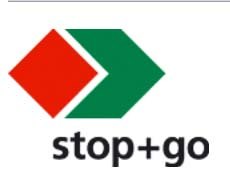













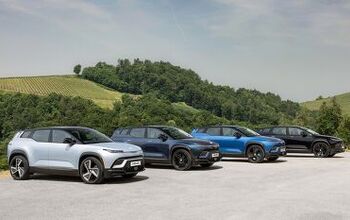

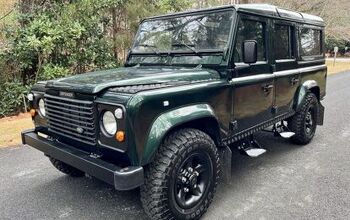
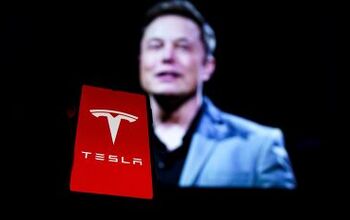
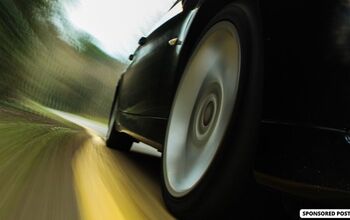
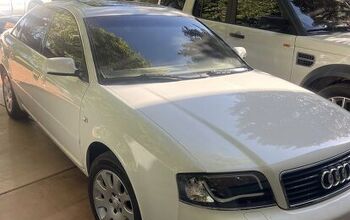
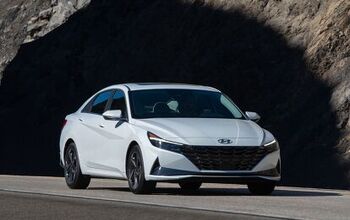
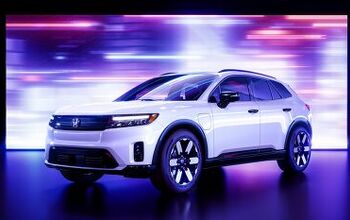
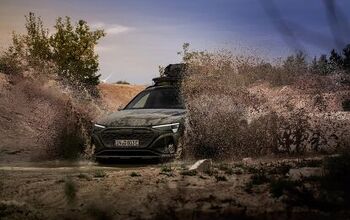

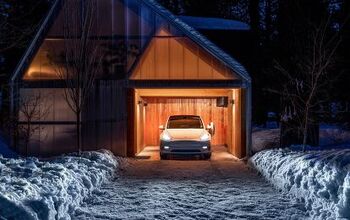

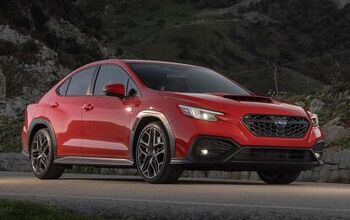
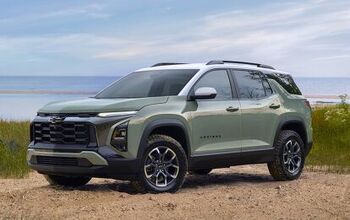
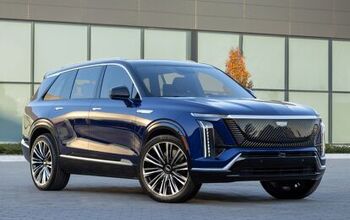
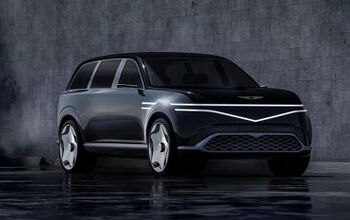
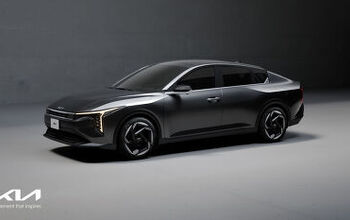
Comments
Join the conversation
There was an interesting study in HBR about 10 years ago that showed that there was a tremendous amount of revenue to be gained if an OEM properly tried to vertically integrate most aspects of the vehicle ownership cycle. Ford, under Jac Nasser, tried to do this, buyng Quik-Fit, and scrap/recycling yards, but for whatever reason faied and later sold these (probably wrong incentives for the operating managers as well as inexperience and incompetence and the closer one is to the building and retailing one gets in an auto company, the sexier folks think it is)... The failure was probably more proof that outside of design, manufacturing, retail, and financng sales, the OEM's are not really very good at subtle thngs (sometimes not so very, or consistently, good at core things either....)
A bank in Canada (CIBC) created its own brand of "white-label" (no label) ATMs, so as to collect the fees from both sides.